Developing a Robust Anti-Money Laundering (AML) Framework
Money laundering poses a significant threat to financial institutions and economies worldwide. To combat this illicit activity effectively, organizations must establish a robust Anti-Money Laundering (AML) framework. This blog explores the essential components and strategies for developing such a framework.
Understanding Anti-Money Laundering (AML)
AML refers to a set of laws, regulations, and procedures designed to prevent criminals from disguising illegally obtained funds as legitimate income. The goal is to detect and deter money laundering activities and the financing of terrorism.
Key Components of an AML Framework
-
Risk Assessment:
Conduct a thorough assessment to identify and understand the specific money laundering risks your organization faces. This involves evaluating customer types, geographical locations, products/services offered, and delivery channels used.
-
Policies, Procedures, and Controls:
Develop comprehensive policies, procedures, and internal controls tailored to mitigate identified risks. These should include customer due diligence (CDD), transaction monitoring, suspicious activity reporting (SAR), and sanctions screening.
-
Customer Due Diligence (CDD):
Implement procedures to verify and understand your customers and their financial activities to ensure they are legitimate and not involved in criminal activities.
-
Transaction Monitoring:
Utilize automated systems to monitor transactions for unusual or suspicious patterns that may indicate potential money laundering activities.
-
Training and Awareness:
Provide regular training to employees at all levels to ensure they understand their roles and responsibilities in preventing money laundering. Awareness programs help employees recognize red flags and report suspicious activities promptly.
-
Compliance and Audit:
Establish a robust compliance program to ensure adherence to AML laws and regulations. Conduct regular audits and reviews to assess the effectiveness of your AML framework and make necessary improvements.
-
Technology and Data Analytics:
Leverage technology and data analytics tools to enhance the effectiveness and efficiency of AML processes. This includes using artificial intelligence (AI) and machine learning (ML) for real-time monitoring and analysis of large volumes of data.
-
Partnership and Information Sharing:
Collaborate with law enforcement agencies, regulatory bodies, and other financial institutions to share information and intelligence on emerging threats and best practices.
Implementing an Effective AML Framework
– Top-Down Commitment: Leadership should demonstrate a strong commitment to AML compliance, fostering a culture of integrity and accountability throughout the organization.
– Continuous Improvement: Regularly review and update your AML framework in response to evolving threats, regulatory changes, and lessons learned from internal and external audits.
– Global Standards: Ensure compliance with international AML standards and guidelines, such as those set forth by the Financial Action Task Force (FATF).
Conclusion
Developing a robust AML framework is essential for safeguarding your organization against the risks of money laundering and terrorist financing. By integrating comprehensive policies, effective procedures, advanced technologies, and a proactive compliance culture, financial institutions can mitigate risks and uphold regulatory compliance while maintaining trust and integrity in the financial system.
Incorporating these elements into your AML framework not only enhances your organization’s defenses against financial crime but also contributes to a safer and more secure global financial environment.
